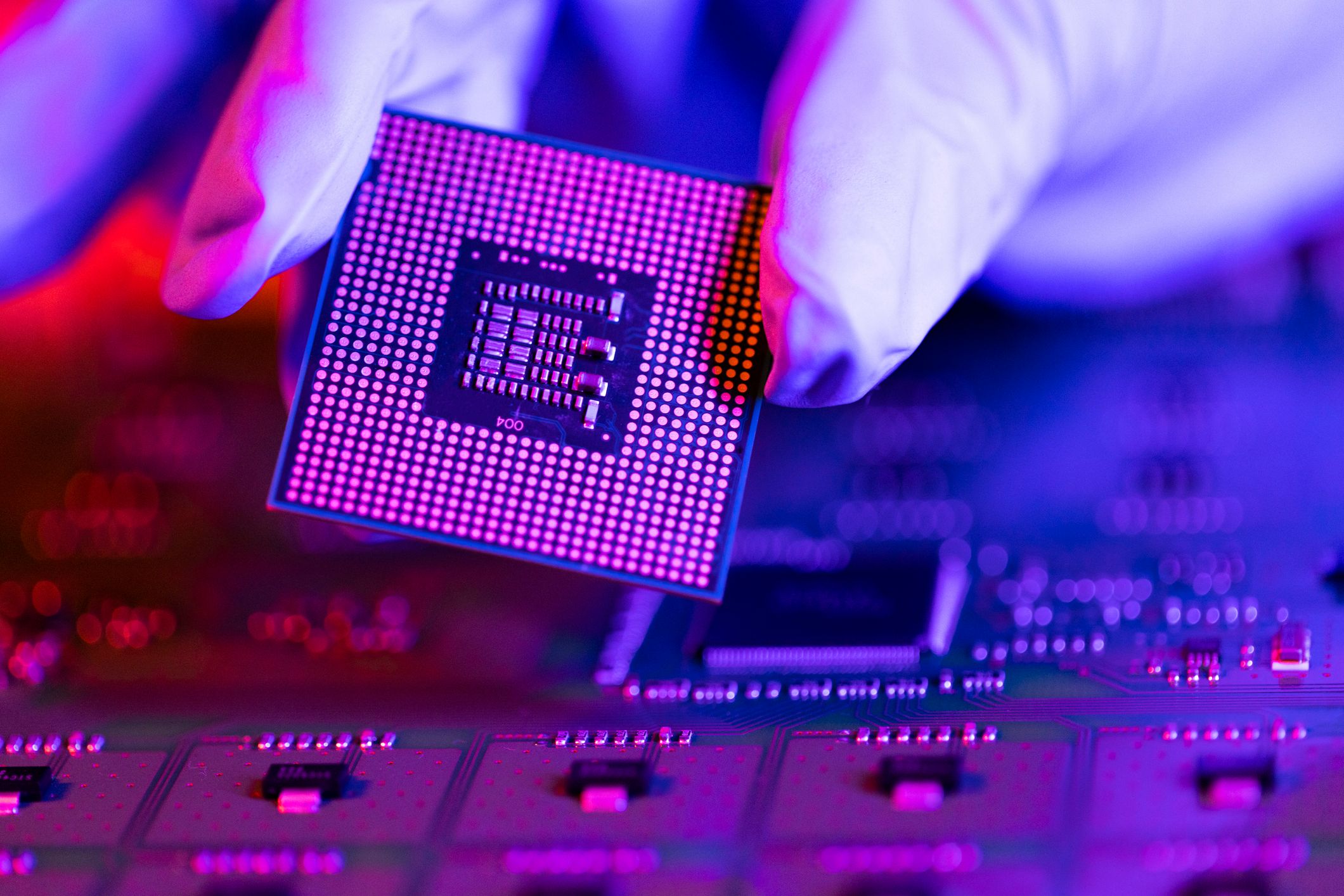The Internet of Things. Connected cars. Mobile payments. All of these are massive technological and business trends. In that light, it's curious that NXP Semiconductors (NXPI +1.75%) is trading in the doldrums. The company makes the analog chips and microcontrollers that go into today's connected cars, factories, and devices. In short, its chips make all of these large trends possible, securely and safely.
The company was recently the object of Qualcomm's(QCOM +0.60%) overtures when the mobile chip giant bid for NXP. However, Chinese antitrust regulators scuttled the deal in July by failing to approval it, so NXP will now be going it alone.
After the deal was officially pronounced dead, NXP announced it would return $5 billion to shareholders via a new share repurchase program. Then in early September, the company one-upped itself, adding a $0.25-per-share quarterly dividend to the mix -- the company's first.

What's the story behind NXP Semiconductors' new dividend? Image source: Getty Images.
The dividend
NXP declared a $0.25 quarterly dividend, or $1.00 annually, good for an 1.11% dividend yield on a $90 stock. CEO Richard Clemmer said in the company's press release that "the decision by the board to initiate a dividend represents a meaningful milestone in our history and demonstrates confidence in our strong operating performance, significant free cash flow generation and positive long-term financial outlook." The company is targeting a dividend payment of 20% to 25% of its operating cash flow, so that is a good benchmark for investors to track going forward. The first dividend payment will be paid on Oct. 5 to shareholders of record on Sept. 25.
2 paths for dividend growth
I think NXP's dividend can (and should) grow over time, primarily through two avenues. One way is by lowering its share count through that massive $5 billion share repurchase program. While just announced on July 26, NXP revealed it had already repurchased $3.76 billion of its stock by the time of the dividend announcement on Sept. 10. Should the company complete the $5 billion program before the end of the year, as it expects, it will have retired nearly 20% of its shares outstanding at the current $27 billion market capitalization.
Even if the company doesn't materially grow its operating cash flow in the near term, the huge reduction in shares (at what appear to be very reasonable prices) could boost the dividend by some 20% a year from now.
Growing the business
The other way the company can grow the dividend is, obviously, by growing its operating cash flow. On that subject, management just updated its growth targets, with expectations for the core automotive segment revised above previous estimates. Management now projects the automotive segment, which generated 42% of NXP's revenue over the past 12 months, will grow 7% to 10% annually through 2021. The company's next-largest segment, industrial and IoT (20% of revenue), should grow at an even faster 8% to 11%.
Outside of these core markets, the company also believes its market for near-field communications (aka Bluetooth used for mobile payments, etc.) should grow with the advent of 5G mobile communications starting next year.
Expanding margins
Not only does NXP believe it can grow, but management also charted out a path to increasing margins as well. While NXP's current margin profile is already pretty good, management believes it can raise the current 53.4% gross margin and 28.6% operating margin toward a target range of 53% to 57% and 31% to 34%, respectively.
The company aims to accomplish this by growing its higher-margin segments while also reinvesting in its operational efficiency. In addition, management recently eliminated layers from NXPs corporate structure and simplified its business lines under President Kurt Sievers. This reinvestment in capabilities, combined with cost-cutting, should pave the way for margins to march higher.
The long term
While NXP's dividend decision is relatively new, I could see the company growing it consistently over the long term. The company has close, long-term relationships with auto and industrial customers that are adding more and more electronic content to their products. With room for margin expansion and a declining share count via stock repurchases, it's not crazy to think NXPI could raise it's dividend enough times to become a Dividend Aristocrat. That might be asking a lot of a tech-focused semiconductor name that's prone to cycles, but at the very least, NXP's dividend appears sustainable and very likely to grow over the next few years.



